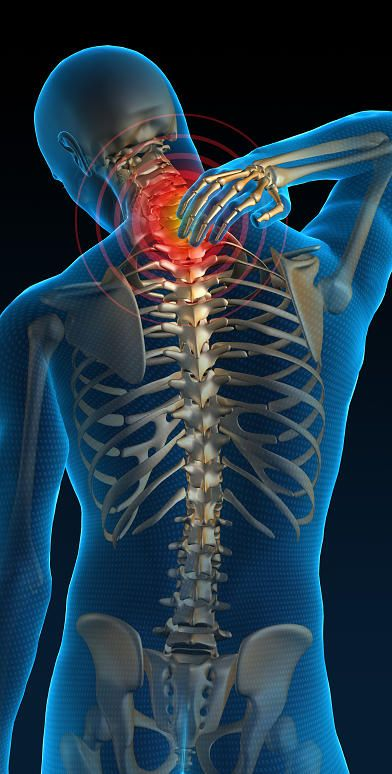Introduction
Navigating through different types of pain can be challenging, especially when trying to distinguish between internal pain and back pain. Understanding the nuances and characteristics of each type is crucial for proper diagnosis and treatment. In this comprehensive guide, we delve into the intricacies of internal pain and back pain, offering clarity and insights to help you discern between the two.
soma dosage 500 mg (Pain O Soma) tablet is a muscle relaxers. It is used to treat people with painful muscle spasms,(which are rapid, uncontrollable movements of a muscle) and other painful joint conditions, such as stiffness or tightness. Pain that can’t be treated with normal drugs, like pain from a serious injury or accident or pain after surgery, can be relaxed with medicines like Pain O Soma 500.

Internal Pain: Unraveling the Mystery
Internal pain refers to discomfort or sensations originating from within the body. Unlike external pain, which is often caused by injuries or trauma to the skin or superficial tissues, internal pain stems from organs, tissues, or structures deep within the body. The nature and intensity of internal pain can vary widely depending on the underlying cause and affected area.
Causes of Internal Pain
Internal pain can arise from a multitude of sources, including:
- Organ Dysfunction: Conditions affecting vital organs such as the heart, lungs, liver, kidneys, or gastrointestinal tract can manifest as internal pain.
- Inflammation: Inflammatory disorders like arthritis, gastritis, or pancreatitis can cause localized or diffuse internal pain.
- Infections: Bacterial, viral, or fungal infections within the body can trigger internal pain as the immune system responds to the invading pathogens.
- Nerve Damage: Neuropathic conditions, such as diabetic neuropathy or nerve compression syndromes, can lead to chronic internal pain.
Pain O Soma 350 mg is a medicine used to treat pain caused by musculoskeletal injuries. Patients should consult this drug if they are experiencing muscular or bone ache. The activity of the drug merely helps to relieve discomfort and does not heal the damage.The medicine’s effect will inhibit signal transmission from the damaged areas to the brain, providing patients with Pain Relief experience.

Characteristics of Internal Pain
Internal pain often presents with the following characteristics:
- Deep-Seated: Internal pain is typically felt deep within the body, often described as a dull, aching sensation.
- Visceral: The pain may be diffuse and poorly localized, making it challenging to pinpoint its exact origin.
- Referred Pain: Internal pain can radiate to other areas of the body, leading to referred pain that may be perceived in seemingly unrelated regions.
Deciphering Back Pain: A Closer Look
Back pain is one of the most prevalent medical complaints worldwide, affecting millions of individuals across all age groups. While it can stem from various musculoskeletal structures in the back, understanding the distinct features of back pain is essential for accurate diagnosis and management.
Types of Back Pain
Back pain can be classified into several categories, including:
- Mechanical Back Pain: Caused by strains, sprains, or injuries to the muscles, ligaments, or joints of the spine.
- Degenerative Disc Disease: Characterized by the gradual deterioration of spinal discs, leading to chronic back pain and stiffness.
- Herniated Disc: Occurs when the gel-like center of a spinal disc protrudes outward, often compressing nearby nerves and causing sharp, shooting pain.
- Spinal Stenosis: Narrowing of the spinal canal, resulting in nerve compression and symptoms such as numbness, tingling, or weakness in the legs.
Manifestations of Back Pain
Back pain can manifest in various ways, including:
- Localized Discomfort: Pain may be localized to specific areas of the back, such as the lower back (lumbar region) or upper back (thoracic region).
- Radiating Pain: In cases of nerve compression or irritation, back pain may radiate to the buttocks, legs (sciatica), or arms, following the path of the affected nerve.
- Intermittent or Chronic: Back pain can be episodic, with periods of exacerbation and remission, or chronic, persisting for weeks, months, or even years.
Differentiating Between Internal Pain and Back Pain
Distinguishing between internal pain and back pain requires careful assessment of the symptoms, along with a thorough medical evaluation. While both types of pain can cause significant discomfort, certain features can help differentiate between them.
Location of Pain
- Internal Pain: Often felt deep within the body, with a diffuse and poorly localized distribution.
- Back Pain: Primarily centered around the spine, with potential radiation to the extremities in cases of nerve involvement.
Nature of Pain
- Internal Pain: Described as a dull, aching sensation, sometimes accompanied by visceral discomfort.
- Back Pain: Varied presentations, ranging from dull and throbbing to sharp and stabbing, depending on the underlying cause.
Associated Symptoms
- Internal Pain: May be accompanied by other symptoms such as nausea, vomiting, changes in bowel habits, or difficulty breathing, depending on the affected organ or system.
- Back Pain: Often associated with muscle stiffness, limited range of motion, and neurological symptoms like numbness, tingling, or weakness in the limbs.
Conclusion
In conclusion, discerning between internal pain and back pain is essential for accurate diagnosis and effective management. By understanding the distinctive characteristics and manifestations of each type of pain, individuals can seek appropriate medical attention and treatment tailored to their specific needs.







